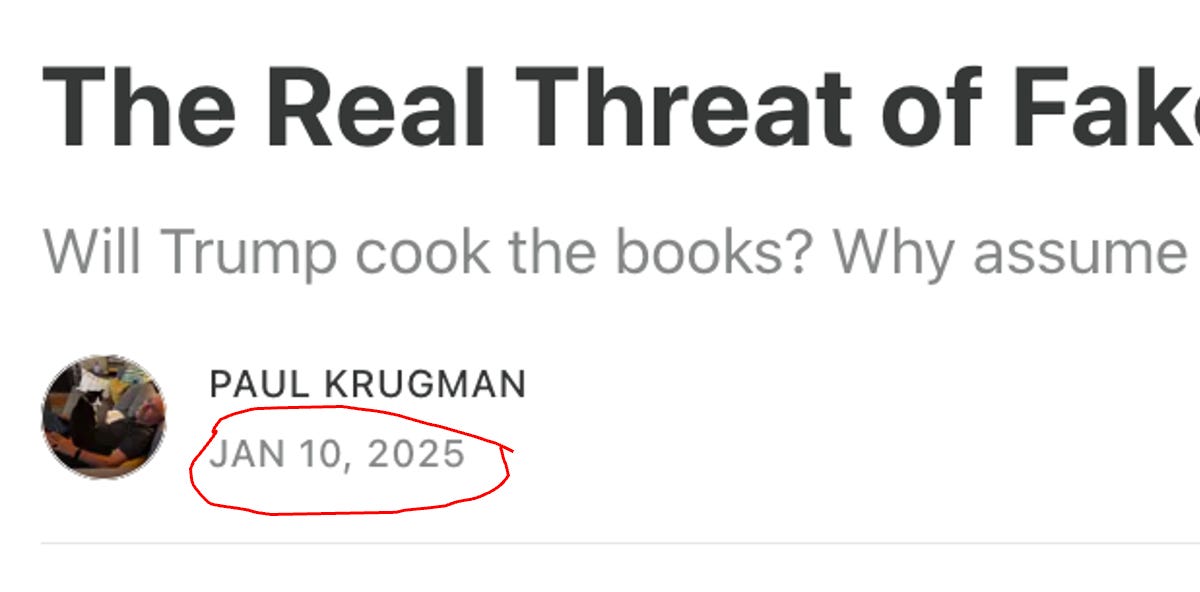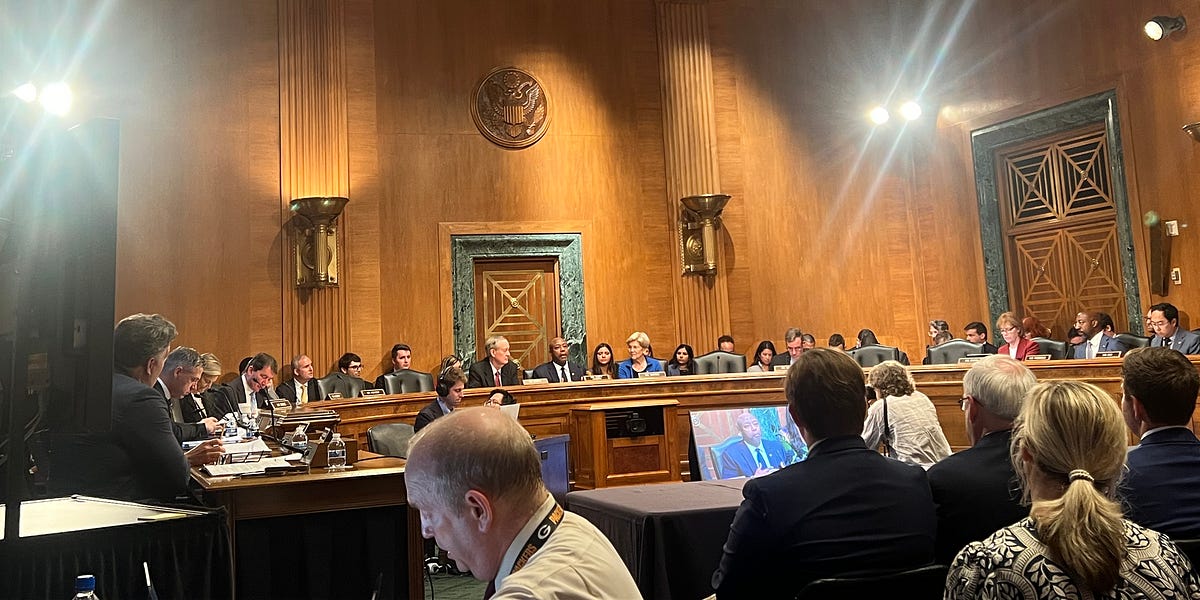How AI Could Start a Nuclear War
The world of artificial intelligence has no shortage of dire warnings. Max Tegmark’s Life 3.0 paints future scenarios in which superintelligent AI outwits humanity and either enslaves or annihilates it. Nick Bostrom’s famous “paperclip maximizer” parable imagines an innocuous goal spiraling into world-consuming doom. Henry Kissinger, in his writings on AI, warns of the collapse of Enlightenment rationality and a crisis of epistemology itself. These scenarios command attention, in part because they draw from science fiction’s oldest tricks: the intelligent machine turning on its maker. However, as provocative and intellectually engaging as these stories may be, they obscure a more grounded and sobering truth. The likeliest disasters involving AI and nuclear systems won’t resemble omnipotent rogue agents; they’ll look more like airplane crashes — rare, tragic, and caused by a chain of human and technical failures, not an evil algorithm.
Tegmark, Bostrom, and Kissinger all ask us to think big — about the future of intelligence, about existential risk, about our place in a world that may no longer need us. These are not silly questions. Speculative thought experiments like the paperclip maximizer force us to think about value alignment, robustness, and the brittleness of optimization. Tegmark’s narrative scenarios serve to stretch the imagination in the same way that science fiction helped the 20th century anticipate space travel, genetic engineering, or the internet. Kissinger, for his part, sees AI as not just a technological force but a historical one, rewriting the rules of knowledge and decision-making.











